14 Major Differences Between African And Asian Elephants
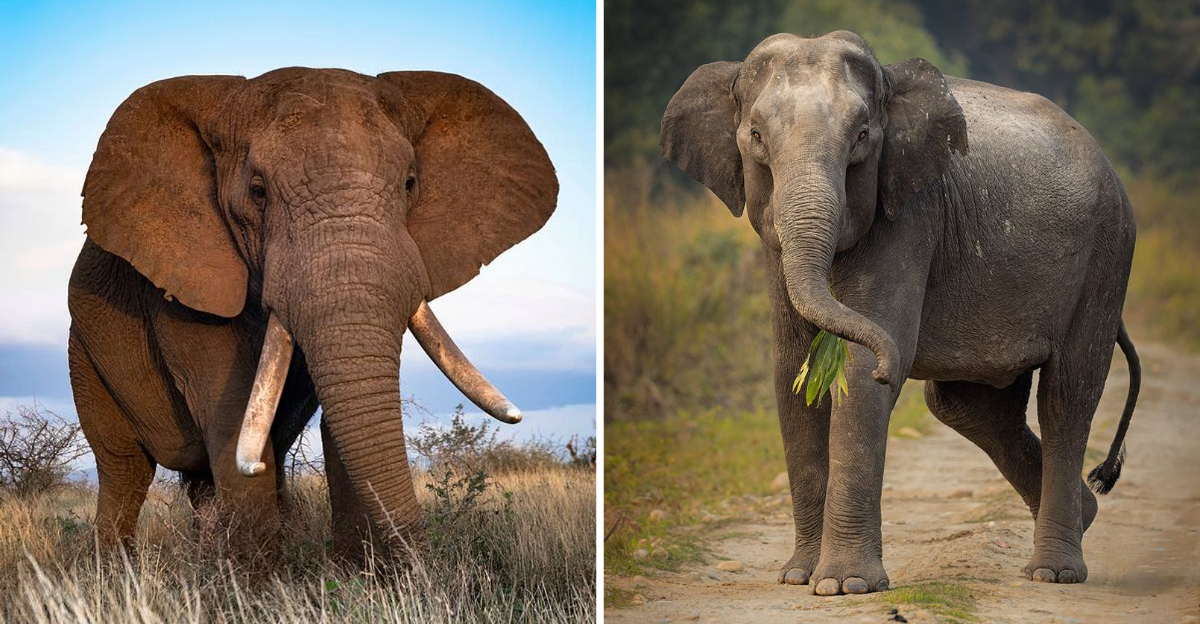
African and Asian elephants may seem similar at first glance, but they’re surprisingly different once you take a closer look. From their ears to their behaviors, these giants of the wild each have unique traits that set them apart.
Understanding these differences helps us appreciate their roles in their native ecosystems. Here are 14 key ways these two elephant species stand apart.
1. Overall Comparison
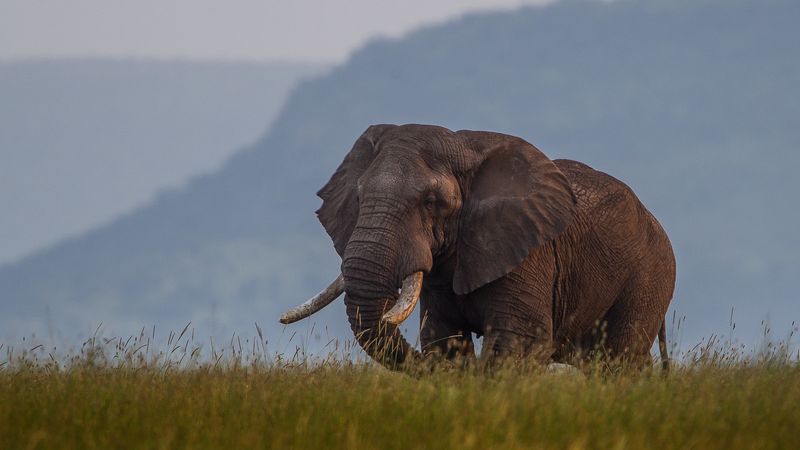
African and Asian elephants may seem similar, but they belong to different genera. African elephants, belonging to the genus Loxodonta, are larger and have distinct features compared to their Asian cousins from the genus Elephas.
Their habitats also differ significantly. African elephants roam the vast savannas and forests across Africa, while Asian elephants are found in the forests and grasslands of Asia.
These geographical and biological differences contribute to their unique adaptations and behaviors, making each species distinct and integral to their respective ecosystems.
2. Location And Habitat
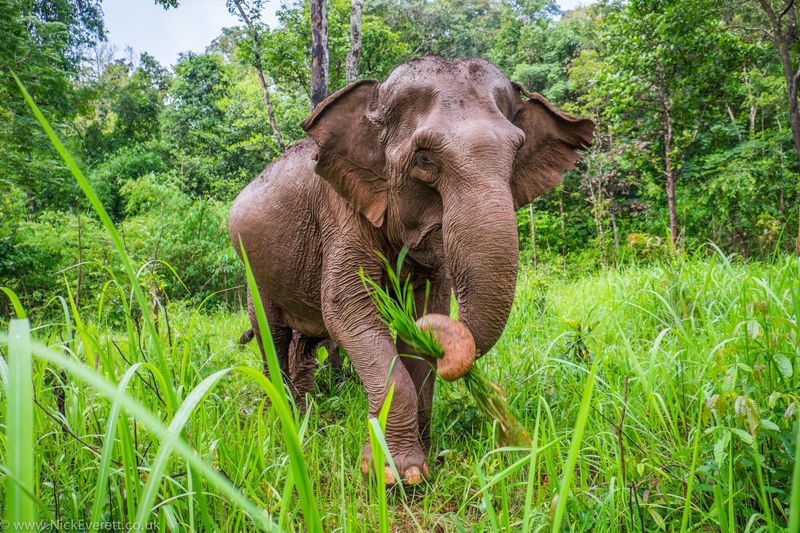
The habitats of African and Asian elephants are as diverse as the continents they inhabit. African elephants are predominantly found in sub-Saharan Africa, thriving in environments ranging from dense forests to open plains.
In contrast, Asian elephants are spread across 13 countries, including India and Thailand, favoring tropical and subtropical forests.
These distinct habitats influence their behaviors and physical adaptations, enabling them to survive and thrive in varying environmental conditions, from the arid savannas of Africa to the lush jungles of Asia.
3. Size And Weight
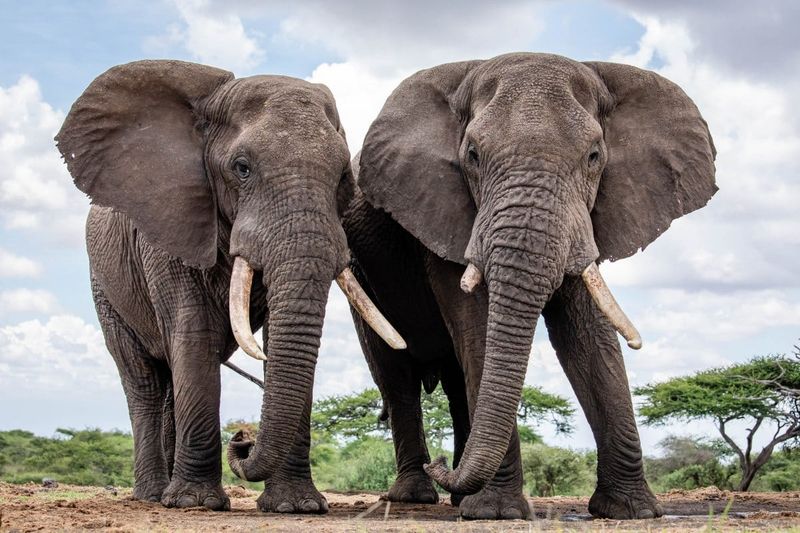
Size is a noticeable difference between African and Asian elephants. African elephants are typically larger, with males reaching up to 14 feet in height and weighing between 5,000 to 14,000 pounds.
On the other hand, Asian elephants are generally smaller, with males averaging 9 feet in height and weighing between 4,000 to 11,000 pounds.
This size difference impacts their behavior and role within their ecosystems, with African elephants often seen as more dominant due to their larger stature.
4. Head Shape
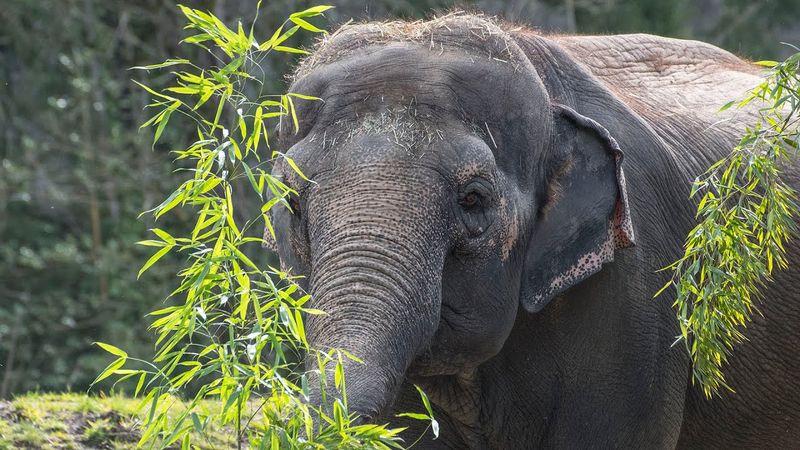
The head shapes of these elephants are distinctive. African elephants have a fuller, rounded forehead, while Asian elephants feature a twin-domed head with an indent in the middle. This structural difference is not just a cosmetic feature; it plays a role in their brain function and social behaviors.
The unique head shape of Asian elephants is adapted to their forested environments, aiding in navigating dense vegetation, whereas the rounded head of African elephants accommodates larger tusks and ears.
5. Tusks
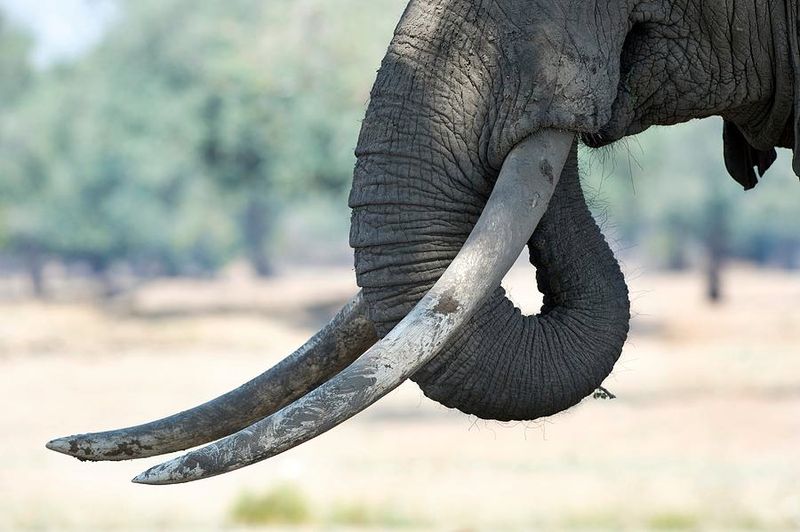
Tusks are another major difference. All African elephants, both males and females, have visible tusks.
In contrast, only some male Asian elephants develop significant tusks, and females usually lack them altogether. This distinction can be attributed to evolutionary adaptations.
Tusks are primarily used for digging and foraging in African elephants, while the lesser need for such tools in Asian elephants’ forested habitats explains the reduced prevalence of tusks in the latter.
6. Ears
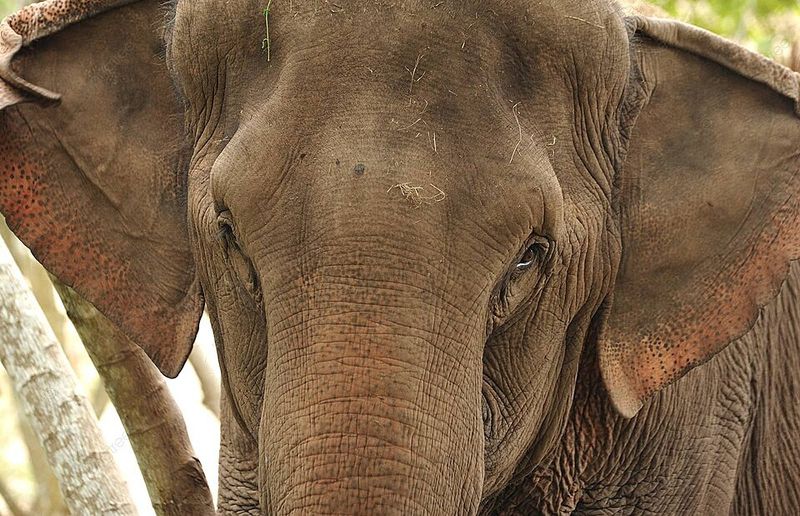
African elephants boast large, fan-shaped ears that cover their shoulders, aiding in heat dissipation across the hot African landscapes. Their ears are shaped somewhat like the African continent itself.
Conversely, Asian elephants have smaller, rounded ears, which reflect their adaptation to cooler, forested environments.
This difference in ear size and shape is a primary adaptation to their respective climates, allowing each species to regulate their body temperature efficiently in their native habitats.
7. Trunk
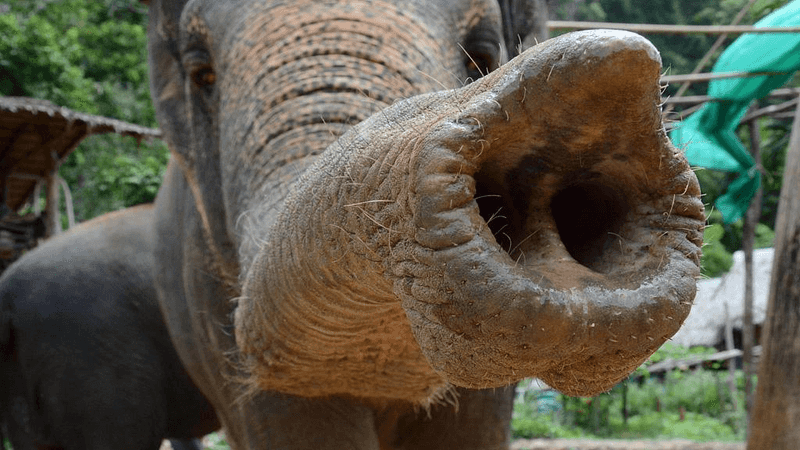
The trunks of African and Asian elephants showcase remarkable differences. African elephants possess two “fingers” at the tip of their trunk, allowing them to grasp objects with precision.
Asian elephants, however, have only one “finger,” which limits their trunk’s dexterity compared to their African counterparts.
This variation reflects their different feeding habits, with African elephants requiring more agile trunks to interact with their diverse environment, while Asian elephants’ trunks are adapted to a different set of ecological needs.
8. Body Shape
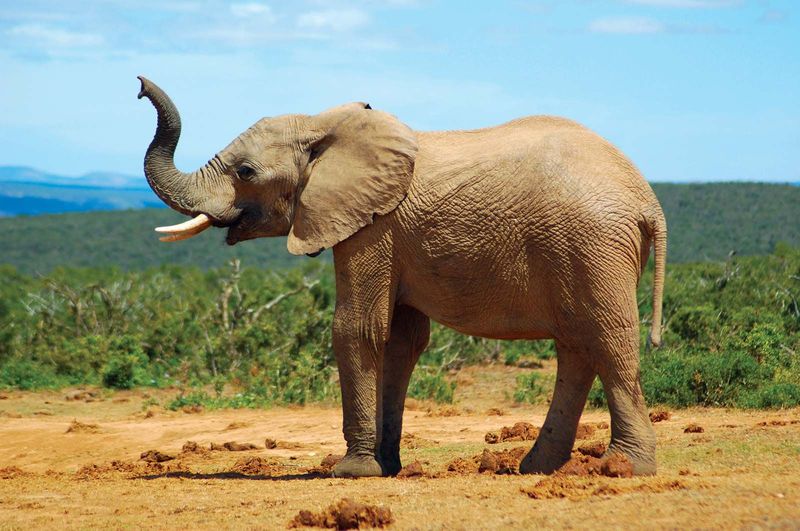
Body shape is another distinguishing feature. African elephants typically have a more concave back, whereas Asian elephants exhibit a convex or straight back. This anatomical difference is linked to their evolutionary history and the roles they play within their ecosystems.
The body shape affects their movement and physical capabilities, influencing how each species interacts with their environment and other species. These adaptations have evolved over millennia to optimize survival in their respective habitats.
9. Foot Structure

The feet of elephants are marvels of nature, designed to support enormous weight. African elephants have more rounded feet adapted for traversing diverse terrains, from Savannah to forests.
Interestingly, they have fewer toenails than their Asian counterparts. Asian elephants, with their concave feet, are better suited for the dense forests they inhabit.
This adaptation allows for quieter movement through the underbrush. The difference in foot structure is a testament to how these species have evolved to thrive in their respective environments. It’s fascinating how such subtle variations make a big difference.
10. Skin Texture

The skin texture between the two species is distinct. African elephants have more wrinkled skin, which helps retain moisture and keep them cool in hot climates. Their skin is thicker, providing protection against the harsh sun and thorny vegetation.
In contrast, Asian elephants have comparatively smoother skin, reflecting their adaptation to humid, forested regions. This skin texture influences their thermoregulation and interaction with their environment, playing a crucial role in their survival strategies.
11. Diet

Dietary habits also differ between these species. African elephants are predominantly browsers, feeding on a variety of vegetation, including leaves, twigs, and bark. Their diet reflects their vast, varied habitats.
Asian elephants, in contrast, are more inclined to graze, consuming grasses, bamboo, and fruits. This dietary preference is shaped by the forested environments they inhabit, influencing their foraging behavior and nutritional strategies.
These differences in dietary habits demonstrate the adaptability of each species to their respective ecosystems.
12. Communication Styles

Elephants have a unique way of communicating that goes beyond the audible spectrum. While both African and Asian elephants use vocalizations, African elephants are renowned for their deep, rumbling calls that travel miles.
These low-frequency sounds are not just for show; they are essential for maintaining social bonds and coordinating movements. Asian elephants, on the other hand, often rely more on visual signals and physical touch.
Observing their interactions reveals a rich tapestry of social connections. Did you know? African elephants can even detect these rumbles through their feet.
13. Social Structure

Social structures in elephants are complex and varied. African elephants typically form larger herds, sometimes numbering in the hundreds, especially in savannas where resources are abundant. This social structure provides protection against predators and aids in resource location.
In contrast, Asian elephants often form smaller groups, reflecting the dense, resource-rich forests they inhabit.
These social differences emphasize the adaptability of each species to their environments, showcasing unique behavioral strategies for survival and reproduction.
14. Conservation Status

Conservation efforts for African and Asian elephants differ due to their unique challenges. African elephants face threats from poaching for ivory and habitat loss, leading to a vulnerable status.
Conversely, Asian elephants, while also threatened by habitat loss, are endangered, with population numbers far lower than their African counterparts.
Conservation strategies are tailored to these challenges, focusing on habitat preservation, anti-poaching measures, and community engagement to ensure the survival of both species in the wild.






